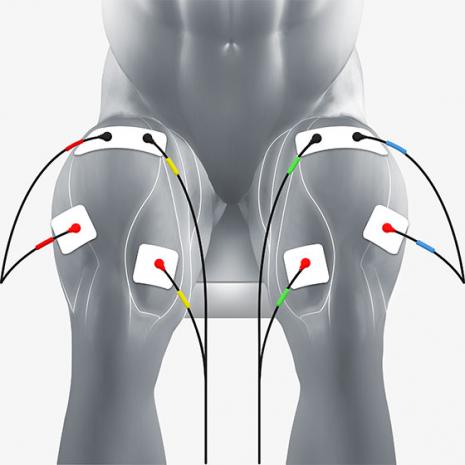
Breaking News
 LIVE ELECTION RESULTS: New York mayor, NJ & VA governor, Prop 50, Trump endorsements, latest vote
LIVE ELECTION RESULTS: New York mayor, NJ & VA governor, Prop 50, Trump endorsements, latest vote
 Sen. Markwayne Mullin Reveals Schumer Held Secret BACKROOM MEETING...
Sen. Markwayne Mullin Reveals Schumer Held Secret BACKROOM MEETING...
 RIP NYC - Muslim Communist Zohran Mamdani Wins New York City Mayoral Race
RIP NYC - Muslim Communist Zohran Mamdani Wins New York City Mayoral Race
 Dramatic Footage Shows UPS Cargo Jet Crashing At Louisville Airport
Dramatic Footage Shows UPS Cargo Jet Crashing At Louisville Airport
Top Tech News
 Japan just injected artificial blood into a human. No blood type needed. No refrigeration.
Japan just injected artificial blood into a human. No blood type needed. No refrigeration.
 The 6 Best LLM Tools To Run Models Locally
The 6 Best LLM Tools To Run Models Locally
 Testing My First Sodium-Ion Solar Battery
Testing My First Sodium-Ion Solar Battery
 A man once paralyzed from the waist down now stands on his own, not with machines or wires,...
A man once paralyzed from the waist down now stands on his own, not with machines or wires,...
 Review: Thumb-sized thermal camera turns your phone into a smart tool
Review: Thumb-sized thermal camera turns your phone into a smart tool
 Army To Bring Nuclear Microreactors To Its Bases By 2028
Army To Bring Nuclear Microreactors To Its Bases By 2028
 Nissan Says It's On Track For Solid-State Batteries That Double EV Range By 2028
Nissan Says It's On Track For Solid-State Batteries That Double EV Range By 2028
 Carbon based computers that run on iron
Carbon based computers that run on iron
 Russia flies strategic cruise missile propelled by a nuclear engine
Russia flies strategic cruise missile propelled by a nuclear engine
 100% Free AC & Heat from SOLAR! Airspool Mini Split AC from Santan Solar | Unboxing & Install
100% Free AC & Heat from SOLAR! Airspool Mini Split AC from Santan Solar | Unboxing & Install
Washable conductive clothing monitors muscle activity

Although traditional electrodes do provide accurate readings, they can be both expensive and uncomfortable, plus they may fall off as the wearer moves around – the latter is definitely an issue if you're trying to monitor an athlete's performance.
Seeking a cheaper, comfier and more reliable alternative, a team led by the University of Utah's Prof. Huanan Zhang started by depositing a microscopic layer of silver onto ordinary cotton/polyester-blend fabric.
Although silver is electrically conductive, it can also be toxic to human skin. For that reason, the team added a similarly thin and flexible layer of gold to the silver. Doing so not only kept the silver from contacting the wearer directly, but it also increased the material's overall conductivity. And while a thicker layer of nothing but gold would also work, combining it with less-expensive silver helps keep costs down below those of conventional electrodes.
In a test of the technology, the silver/gold coating was applied to select areas of a compression sleeve. That sleeve was then placed on a volunteer's forearm, plus electrical wires were run from the coated areas of the garment to a portable electromyography device.
When the person subsequently performed different actions, the sleeve accurately detected the electrical signals produced by their forearm muscles as they contracted. Additionally, the coated areas retained their functionality after the sleeve had gone through 15 wash cycles in an ordinary washing machine.



